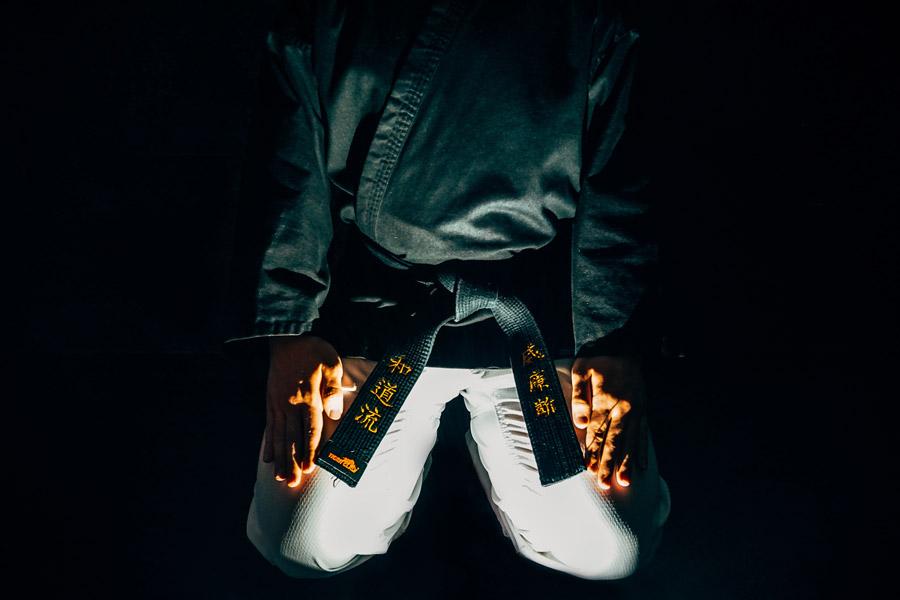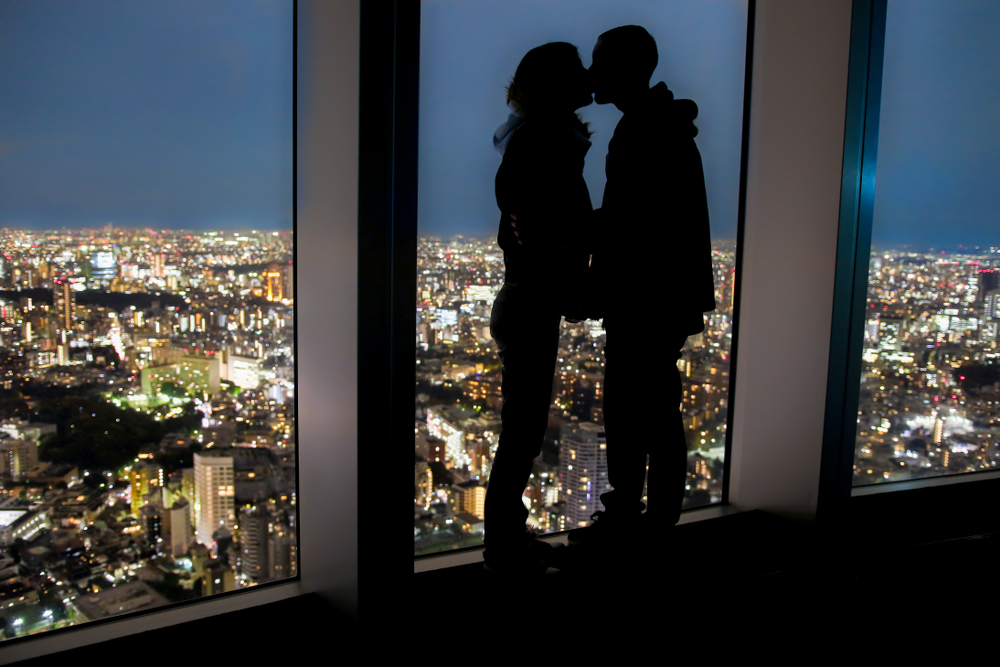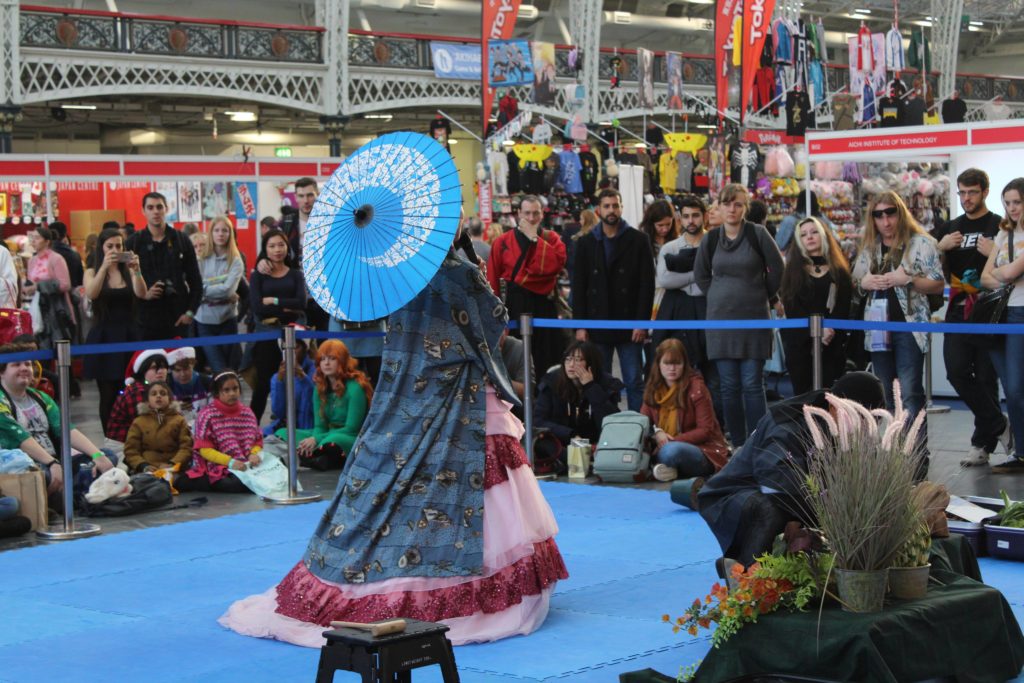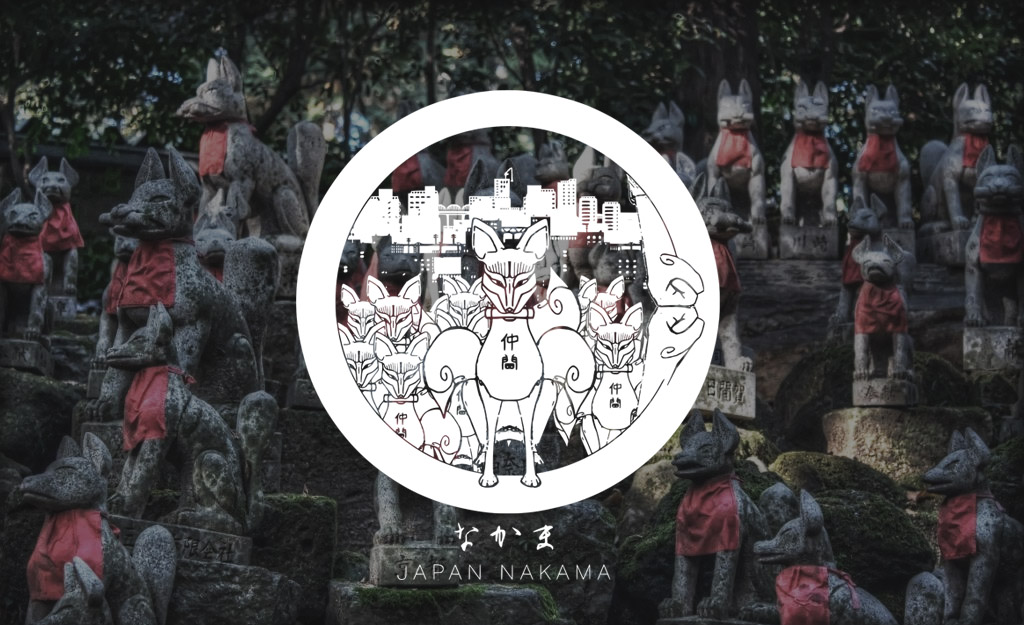Ismail Hasan is the head coach and director of Aikido of London, a traditional martial arts school in Archway North London, and where he teaches adults and children Aikido and Iaido. During the ’80s and 90’s he lived and trained with a Japanese master in San Diego, California before returning to his native London and eventually opened his own school.
He welcomes anyone interested to contact the dojo and give Aikido a try. There is a great international team there who will assist new people to get to grips with the training. If you are interested in reading more about Aikido and martial arts you can also check out Ismail’s blog Upside Inside which has more in depth content.
Ismail is also a Japanophile and has visited Japan on many occasions, with plans to return as soon as it is safe to do so. He has a love of film, culture, food and art in general. As well as his interest in things Japanese and teaching he runs an online gallery NoloGallery where a small group of talented artists exhibit their work.
Entertainment and mysticism

A mysterious Far Eastern art form, the slapstick physical humour of Jackie Chan, or the electric charisma of Bruce Lee? These are the usual representations of martial arts in media, with the occasional well-made documentaries that attempt to grasp a deeper understanding of these traditions. It is also reasonable to say martial art is well embedded into the public consciousness.
Any self-respecting action hero, or villain, has to display some version of it, be it Chinese, Korean, Japanese, or a new hybrid suitable for film. However, the serious side of these traditions is usually painted out as some sort of mystical wisdom all encapsulated within unusual and eccentric physical techniques to “enlighten” oneself. What is this so-called “enlightenment” thing they go on about…?
This reminds me of that wonderful travelogue with Michael Palin of Monty Python fame. In an episode set in Japan, he visited one of the Buddhist monasteries where he would meditate with the monks. Before doing this he had tea with the Abbot where he in his typical understated manner asked “What do you think I will get out of this?” The monk replied “I don’t know, that’s your problem” he replied dryly. Palin looked on in bemusement but left with the simple idea that it is to be experienced, that his “enlightenment” is his and his alone.
Apprenticeship: Going West to get East

My own experience in these traditions was from the outset a deeply personal and inspiring journey in traditional Japanese martial arts. First Aikido and then Iaido, the Japanese art of the sword. I also dabbled a little in Shotokan Karate. I started in my teens and would eventually enjoy, experience, and struggle under the formidable eye of the late TK Chiba Sensei, probably one of the most talented and inspiring teachers of his generation.
I spent nearly 10 years in San Diego, California training with a plethora of people, ranging from regular locals to various law enforcement personnel. However, it was the calibre of teaching that drew a host of dedicated students from all over the US and from abroad as we all strived to master this most enigmatic of Japanese martial arts. A little bit of Japan thrived on the west coast of America close to the Mexican border.
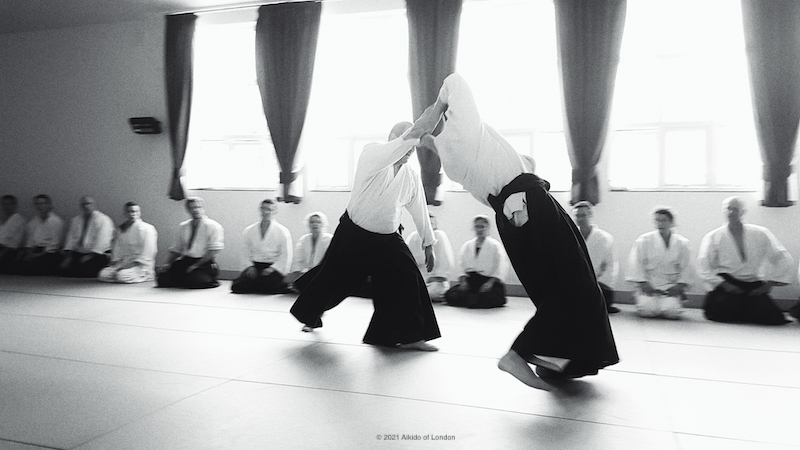
Within the walls and roof of the dojo, the place of training, a regime of intense training and discipline took place that would not be out of place to what a classical dancer would need to undergo. It was total immersion as a disparate group of individuals would try to grasp the physical training and the principles that lay beneath them.
Those principles were fundamental as they reminded you that there was something there from a different culture than yours. Aikido is often seen as a kind of dance, which for some, carries a beautiful aesthetic that seems divorced from martial training.
In this respect, it needs to be understood in the context of the culture that gave birth to it. I see similarities in Flamenco guitar and even Capoeira as comparable. They can be learned like Aikido as excellent music or exercise but it’s only when a cultural context is understood and even felt that these arts come truly alive.
What is Aikido?
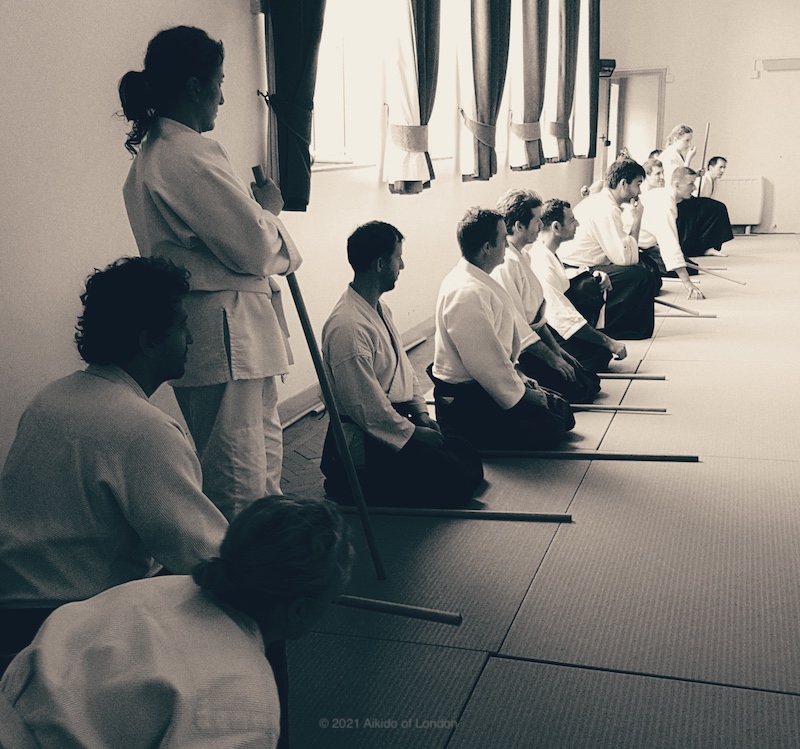
I sometimes call Aikido enigmatic because it doesn’t look like most other martial arts. It appears stylised and almost irrelevant to most perceptions of training. It’s not competitive so there are no sparing or tournaments. It requires mutual trust and imagination to cultivate the right attitude for learning for both parties. That makes it a fantastic alternative to the hyper-competitive world we all live in. It incorporates dynamic movements that expand out of a strong and centred core.
Ukemi
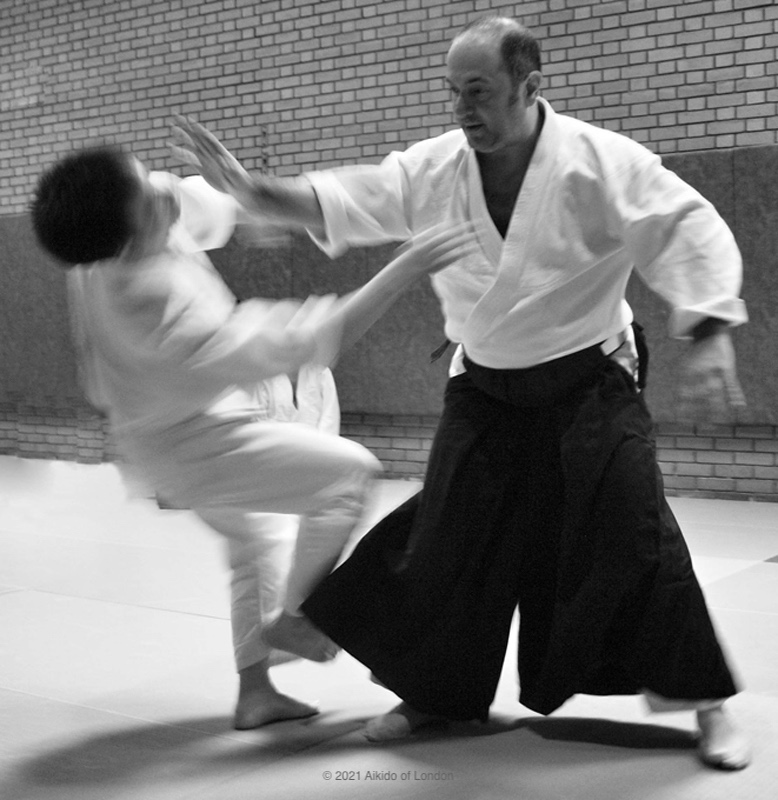
In Aikido, pins and throws are utilised to great effect but what makes it unique is not a technique for technique sake but a grasp of its principles. Ukemi for example which in Japanese means “to receive” is a great example. The recipient of the technique is not fighting per se. They do, however, engage in a meaningful manner that explores movement, technique, application and so much more. They learn to deal with this in a calm and disciplined way. These principles are very much a product of Japanese culture and society with influences from Buddhism and possibly Confucianism. In the Aikido dojo, these become exercise and technique, martial and spiritual. All these exist together as an expression of our training.

Training begins and ends with a bow. This is etiquette as one would expect from a Japanese practice but it is also practical. Walking into the dojo, donning your gi, the uniform, and then taking a sitting bow should be transformative. It should bring you into the world of Aikido training where the world outside is left at the door for an hour or two. After a short warm-up ukemi practise takes place.
These are usually forward and backward rolls, break falls that are utilised in the training. Then the practice of various kata or forms begins as each partner takes on the role as nage, the person executing the move and of uke, the person receiving the move. The training while energetic is collaborative and each participant works on the details and nuances of the forms.
It is difficult to analyse or understand this process from either reading or even watching videos. It cannot be explained, you have to be there. As a photographer once said, “If I could explain it in words there would be no need for photos.” Like many of these traditions, it is to be experienced. That is also where enjoyment and pleasure in training belong.
Try Aikido for Yourself

Aikido of London is active throughout the week and offers beginners workshops and a trial session for those who want to get a taste of the classes. Interested people are encouraged to start this way and of course, if you take to it you can join the dojo and train as much as you can. Check the Aikido of London website below for more details and go to the beginner’s page.
For under 16’s check archwayaikido.co.uk the children’s site and begin your Aikido journey from there.
Ismail Hasan
Owner and Head Coach of Aikido of London





































